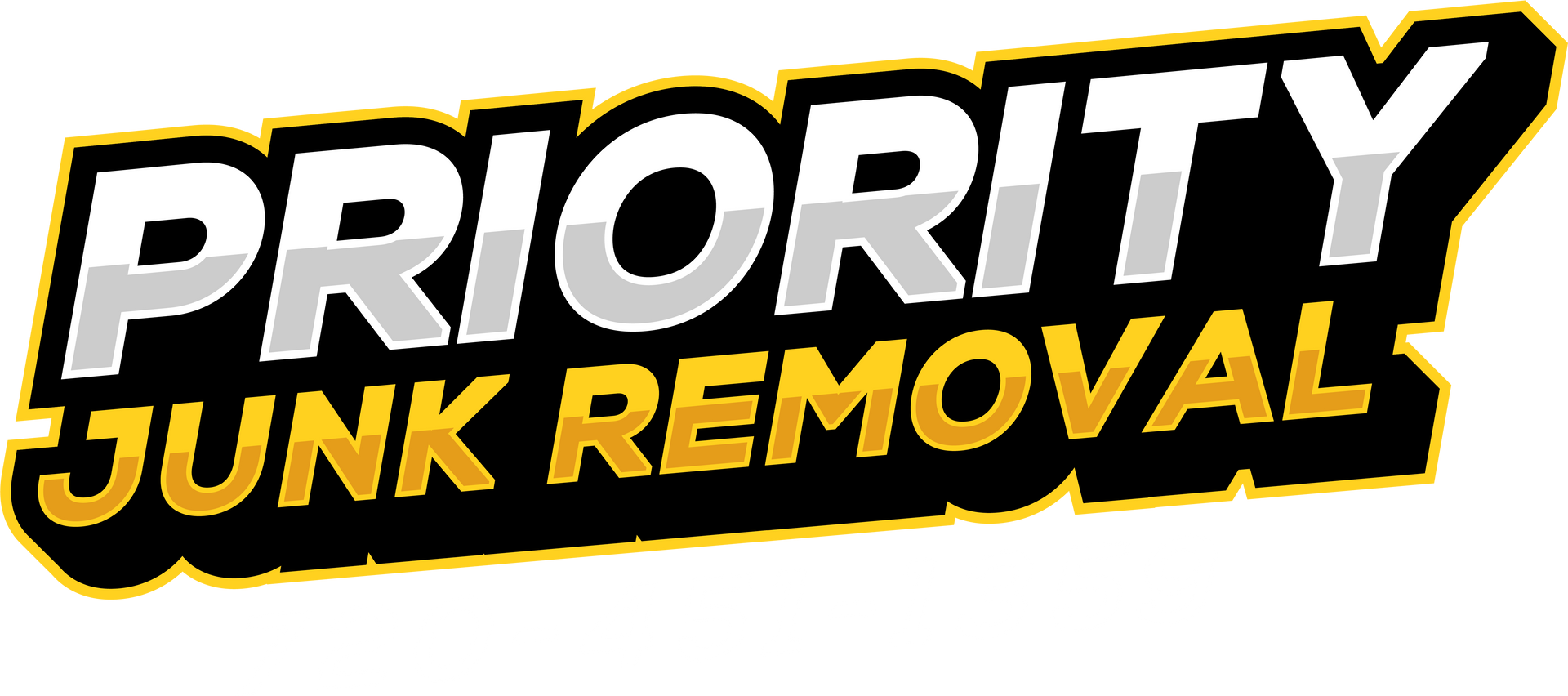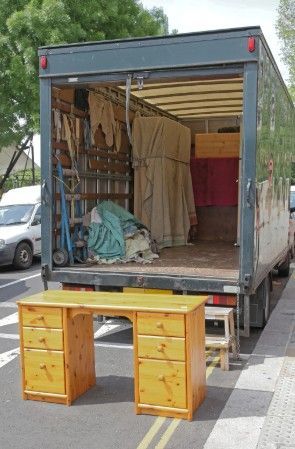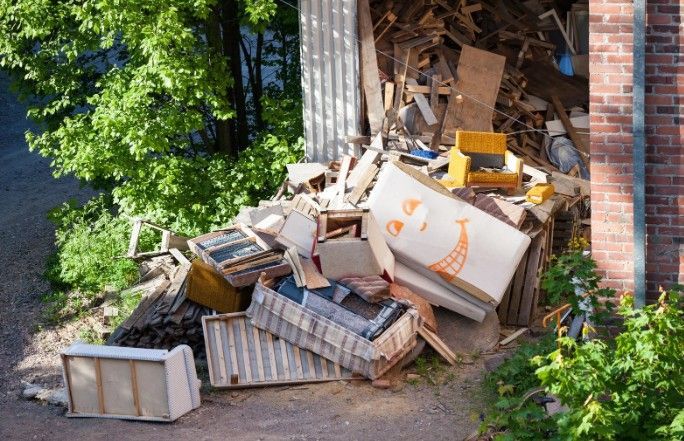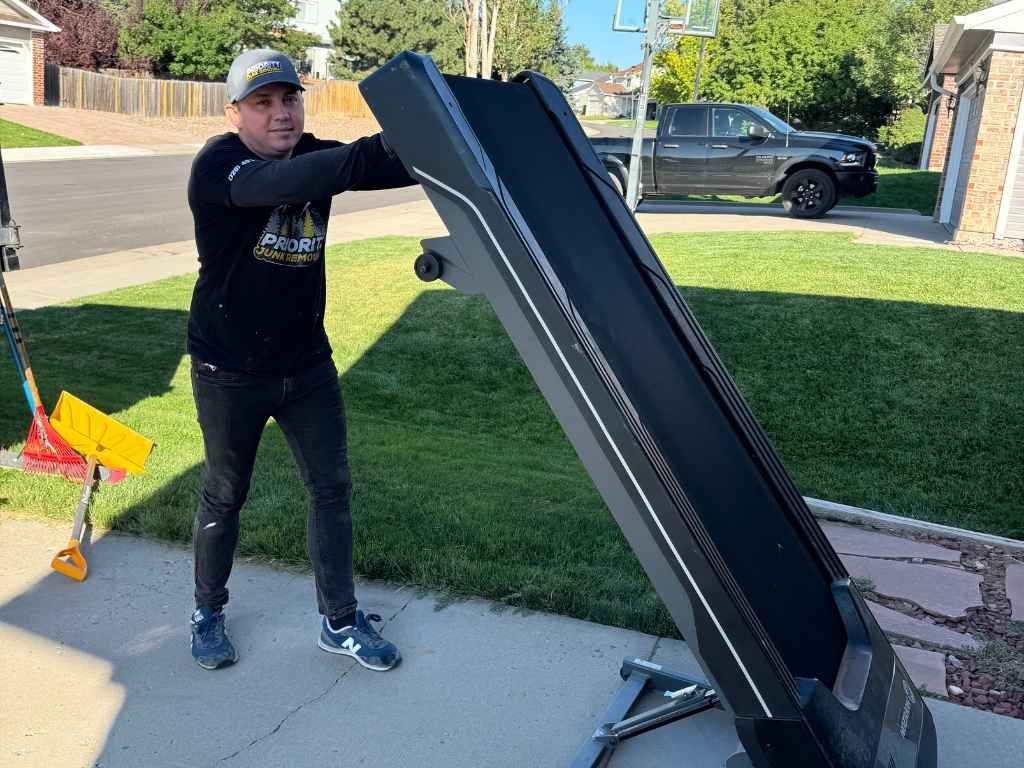The Truth About What Can and Can’t Be Recycled
Recycling isn’t as simple as tossing items into a blue bin and hoping for the best. It’s a delicate balance of material types, cleanliness, and local processing capabilities. Misplaced hope leads to wish-cycling, where well-intended items contaminate entire batches. From greasy pizza boxes to tangled cords, recycling rules vary more than most realize. The truth is, the line between what’s recyclable and what’s not can be blurry. What you think helps the environment might actually slow the process or even do harm.
Knowing what to recycle requires more than a casual glance. It’s a practice that calls for mindfulness and updated knowledge. And while most communities have general guidelines, those rules don’t always match reality. To navigate recycling without the guesswork, we break down the myths, the facts, and how to clean up your habits with precision. What ends up in the right place depends entirely on what you know.
Plastic Confusion Still dominates the recycling bin
Not all plastics are created equal. Just because it has a recycling symbol doesn’t mean it’s actually recyclable. Plastics labeled with numbers 1 and 2, like water bottles and milk jugs, are typically safe bets. But things like plastic bags, wrap, or clamshell containers? Those often clog machinery or get rejected outright.
Many municipal centers can’t handle soft plastics or certain colored containers, which can ruin the entire recycling stream. If your plastic is dirty, mixed with food, or features multiple layers, it’s likely landfill-bound. The truth is, plastic recycling relies on local infrastructure and demand. Even if the bin says "yes," your town might still say "no."
Cardboard and paper aren’t automatic wins
Yes, cardboard is recyclable. No, greasy boxes from last night’s takeout don’t qualify. Soiled paper, napkins, or boxes stained with oils are often unrecyclable because they disrupt the pulping process. Newspapers, office paper, and clean packaging are good to go—but condition matters more than most people think.
In some areas, even shredded paper can be problematic because it slips through sorting machines. Laminated or wax-coated paper is another trap. If in doubt, rip it. If it tears easily and doesn’t leave a waxy texture, chances are it’s recyclable. Think less about the paper label and more about its purity.
Metal recycling has its quirks
Aluminum and steel cans are among the most valuable recyclables, yet not all metal items are created equal. That rusty coat hanger or old frying pan? Not welcome. Sharp edges, different alloys, or items with plastic handles complicate the process.
Cleanliness matters here, too. Rinse food residue from cans to avoid cross-contamination. And don’t crush them—flat cans are often missed by sorting systems. Aerosol cans with leftover contents are also a no-go unless empty and depressurized. Knowing your metal helps your contribution count.
Glass isn’t universally accepted
It might be surprising, but not all glass is recyclable. Tempered glass from windows, mirrors, or cookware like Pyrex has a different melting point than bottles and jars. Mixing them in the same bin can ruin the entire batch.
Color also matters. Some areas only accept clear glass because of limitations in sorting. Labels are fine, but lids and caps should be removed. And as always, give containers a quick rinse. If your community doesn’t take glass at the curb, check for drop-off centers instead. Glass has potential—but only when treated right.
Electronics belong nowhere near the curb

E-waste is a growing monster. Old phones, computers, chargers, and batteries often end up in household bins. That’s not just ineffective—it’s dangerous. Electronics contain harmful metals like lead and mercury, which leach into soil and water if dumped improperly.
Responsible recycling of electronics involves specialized facilities. Many cities offer collection events or drop-off locations. Retailers may accept trade-ins or offer recycling programs. Never toss an old device casually. Even if broken, its components can be recovered and reused—but only if it ends up in the right hands.
Tanglers are the worst offenders
Hoses, cords, holiday lights—these are nightmares for recycling plants. They tangle around sorting equipment, causing costly shutdowns and delays. Most facilities explicitly ask residents not to include these items, yet they remain common contaminants.
If you’re clearing out a garage or decluttering drawers, don’t bundle cords or wires with your usual recycling. Many cities have special collection events for scrap metal or electronic cables. Otherwise, these tangled traps belong in the trash or with a professional hauler that can manage disposal the right way.
Hazardous waste should never enter the bin
Paint, motor oil, pesticides, and household cleaners pose a threat to the entire recycling process. These materials can spill, explode, or contaminate valuable recyclables. Even small amounts can turn a whole load into garbage.
Most areas have designated days for hazardous waste drop-offs. Store these materials safely until you can dispose of them properly. Dumping them down the drain or into recycling bins creates unnecessary environmental risks. Be cautious, be patient, and handle these substances responsibly.
The myth of biodegradable and compostable packaging
Biodegradable doesn’t mean recyclable. And compostable items, while eco-friendly in theory, often need industrial composting facilities that few municipalities support. Throwing them in with recyclables just mucks up the works.
Packaging labeled “compostable” usually won’t break down in backyard piles and definitely won’t survive the recycling plant. Unless your area supports composting programs and you’re sure of their protocols, treat these items like trash. Don’t let good intentions become harmful actions.
Mixed-material items confuse the system
Juice boxes, chip bags, and mailing envelopes with plastic windows are made of multiple layers fused together. These mixed materials are notoriously hard to separate and nearly impossible to recycle curbside.
Even high-tech facilities struggle with composite packaging. If it’s paper fused with foil or plastic, chances are slim it will be accepted. The best way to avoid this problem? Choose simpler packaging when possible and break down components before recycling. Simplicity supports sustainability.
Recycling rules differ by zip code
What works in one town may be forbidden in the next. The machinery, labor, and economics of recycling vary dramatically across regions. That means you can’t always rely on general advice from blogs or packaging labels.
Your local sanitation department is the ultimate authority. Read their materials, attend community recycling workshops, and follow their rules. If they say no glass or restrict certain plastics, there’s a reason. Ignorance leads to contamination. Stay informed, not hopeful.
Benefits of Understanding Recycling Rules
- Reducing Contamination: Knowing what can and can’t be recycled is crucial for keeping entire batches from being tossed out. When you sort properly, your recyclables actually get reused, rather than ending up in the landfill due to one wrong item contaminating the load.
- Supporting Local Programs: Local recycling programs often operate on thin budgets and limited resources. By sorting correctly, you help streamline operations, lower labor costs, and reduce equipment strain—allowing these programs to stay afloat, grow over time, and continue serving your community effectively.
- Environmental Impact: Recycling the right way keeps usable materials out of landfills, conserving resources and lowering pollution levels. It reduces the need for raw material extraction, saves energy, and cuts back on greenhouse gas emissions—all of which help protect the environment long term.
- Saving Money: Many cities impose fines on households that contaminate their recycling bins. Taking a few extra seconds to double-check what goes where helps you avoid costly penalties, and over time, supports more efficient recycling practices that can reduce municipal waste fees.
- Protecting Workers: Contaminated recycling bins can pose serious risks to workers who sort materials. Sharp objects, toxic substances, or tangled items like wires can cause injuries or slow down sorting. Clean, well-sorted recycling ensures a safer, healthier work environment for everyone involved.
Rethinking recycling means rethinking habits
We’re often told that recycling is an easy fix. But ease leads to laziness, and laziness creates more waste. To truly make recycling work, we have to unlearn assumptions, challenge convenience, and adopt better habits.
When we rethink what goes into our bins, we shift from passive participation to active environmental stewardship. That shift might seem small, but across neighborhoods and cities, it reshapes the future of waste.
Don’t rely on symbols to guide your decisions
That familiar triangle of arrows isn’t a promise. It’s a resin identification code—a system designed to indicate plastic type, not recyclability. Just because an item has a number in a triangle doesn’t mean your facility accepts it.
Learn which numbers are accepted locally and ignore the marketing language. It might say “recyclable,” but if your town can’t process it, it ends up in a landfill anyway. Stay skeptical. Stay informed.
Waste diversion begins with the right questions
Instead of asking “Is this recyclable?” ask, “Can my city recycle this?” That shift in mindset closes the gap between intention and impact. Knowing the answer empowers you to recycle smarter.
And if the answer is no, don’t just toss it. Explore reuse options, donation centers, or alternative disposal routes. Waste diversion isn’t one-size-fits-all. It’s built on curiosity, action, and community alignment.
Creative reuse beats wishful recycling
Sometimes the best recycling solution is to avoid it altogether. Upcycling and reuse save energy, time, and effort. That glass jar becomes a storage container. The cardboard box becomes a toy fort. The old T-shirt becomes a rag.
These small changes delay the landfill journey. They inject creativity into our consumption cycle and cut down on the constant need for disposal. Before recycling, consider repurposing. It might be more powerful than the blue bin.
Conclusion
Recycling is only effective when done correctly. Understanding what can and can’t be recycled in your specific area makes all the difference. It reduces contamination, helps the environment, and supports local programs that depend on clean, sortable materials.
If you're ready to declutter responsibly and want peace of mind knowing your junk is sorted, removed, and processed with care, reach out to the professionals. Priority Junk Removal in Littleton is here to help. Call 720-451-1359 or email priorityjunkremoval@gmail.com to book a service that keeps recycling clean and your conscience clear.











